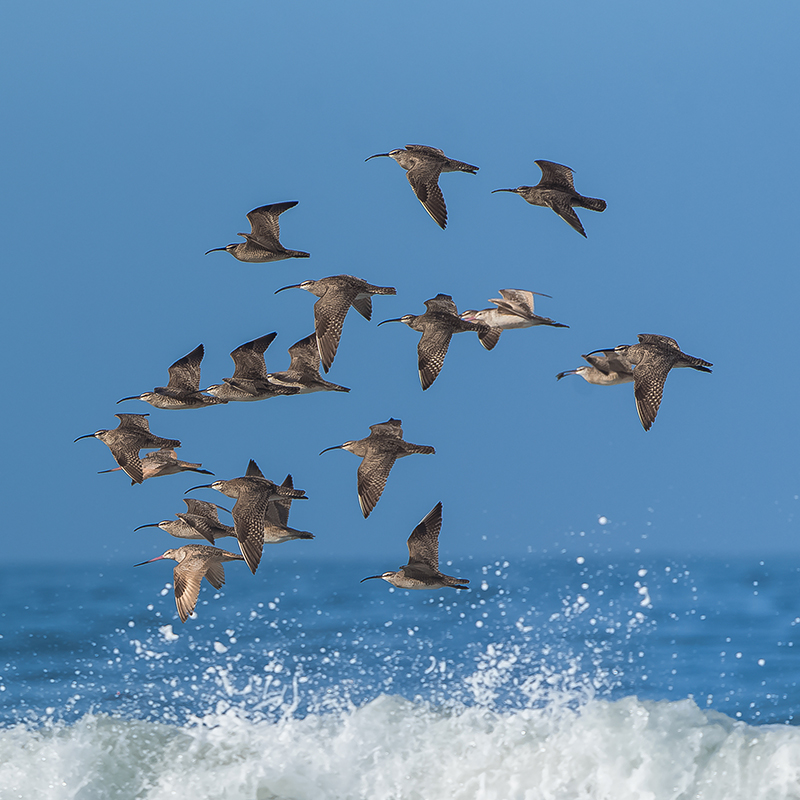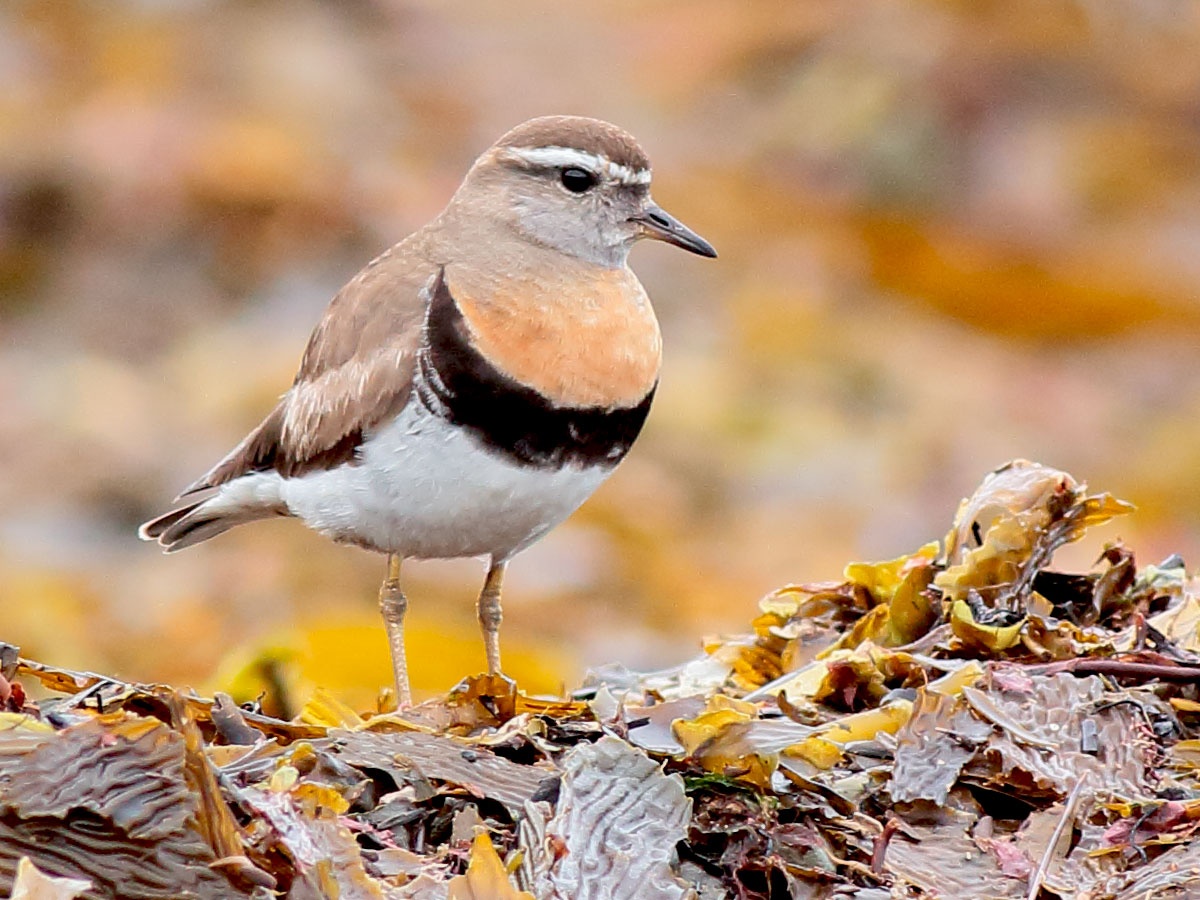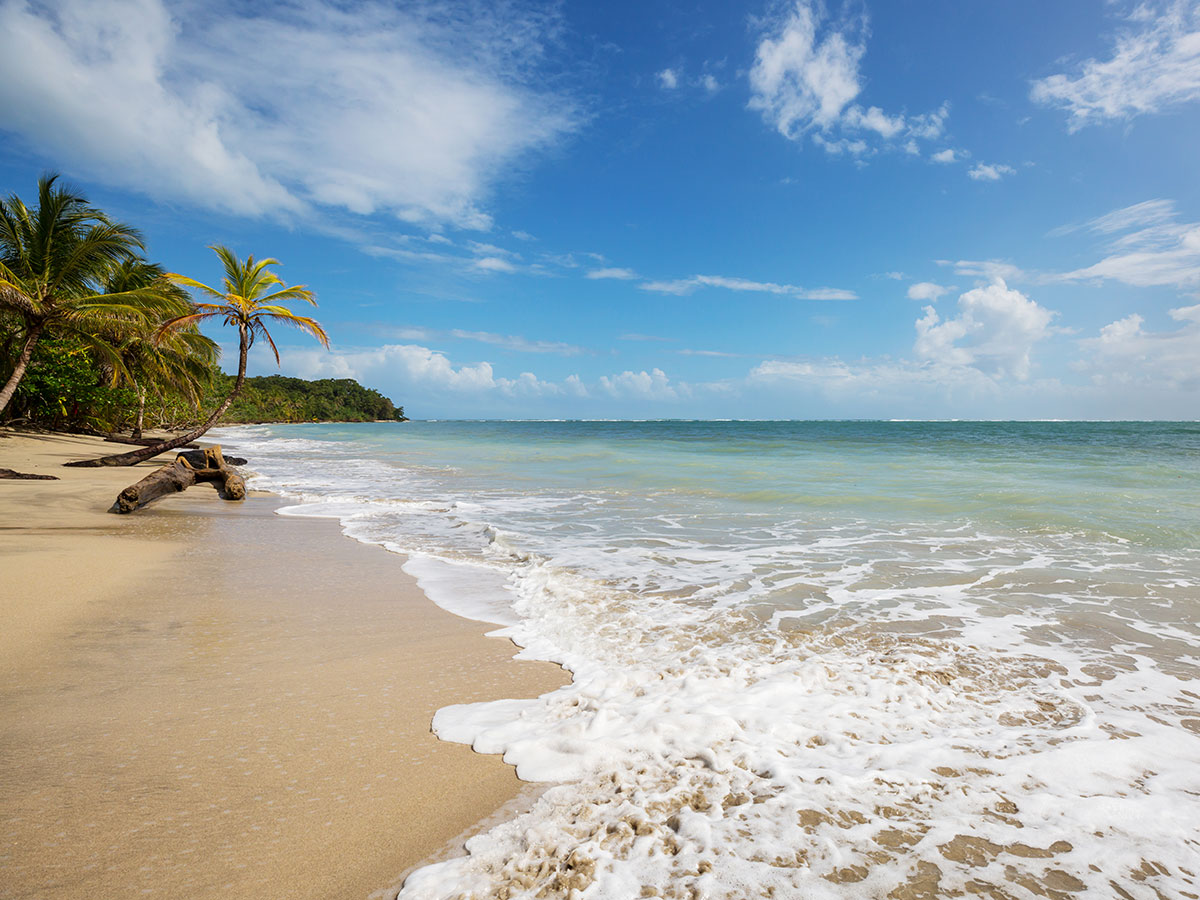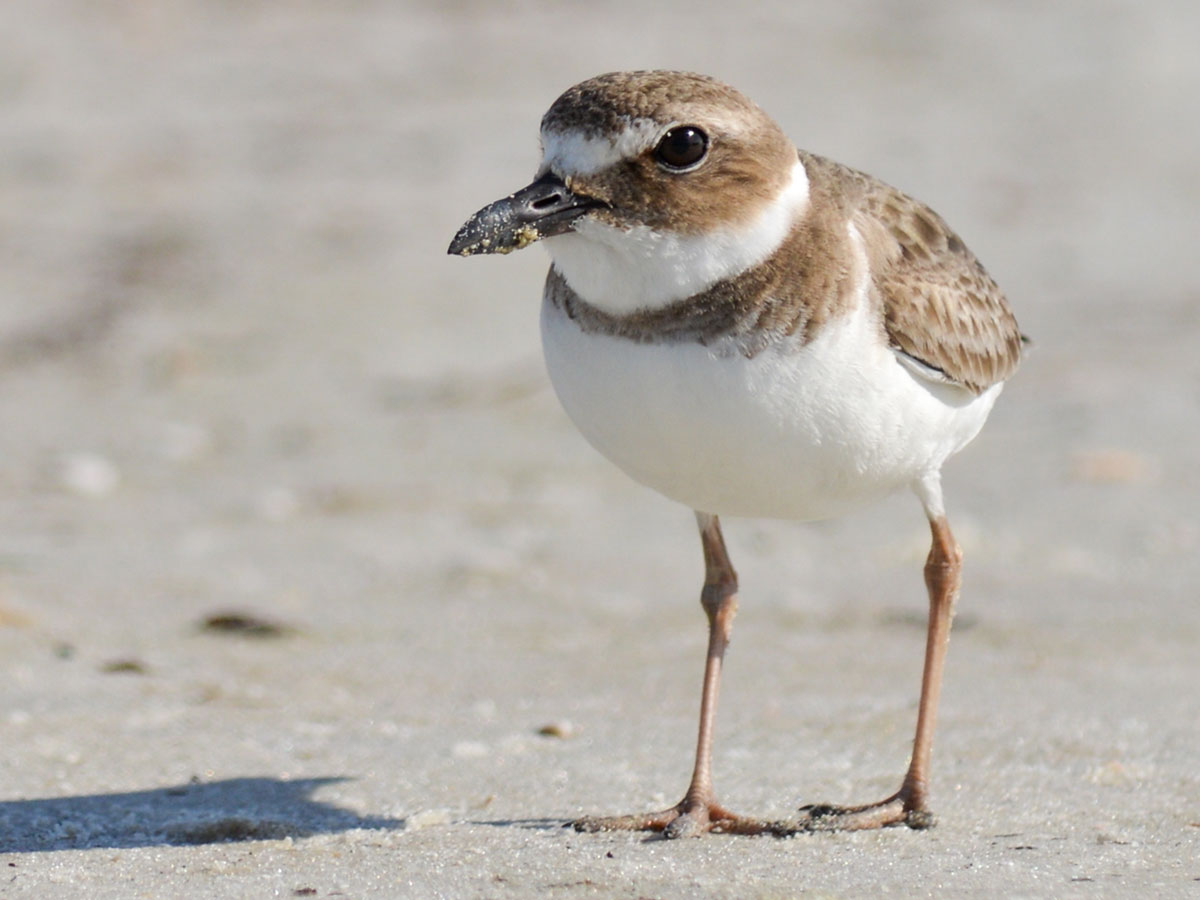 Español
Español
About The Pacific Shorebird Conservation Initiative

Shorebirds are one of the most mobile groups of animals on the planet, traveling thousands of kilometers up and down the long flyways that link breeding and wintering areas. During these journeys shorebirds are exposed to many threats. Along the Pacific coast of the Americas, scientists, conservationists and communities are working together to tackle the most pressing conservation issues that threaten shorebirds throughout their annual cycles.
Conservation Need

The migratory nature of shorebirds makes them especially vulnerable to threats. Harmful changes to wetlands, grasslands, beaches, mudflats, mangroves and tundra require us to act now to conserve and restore these important habitats, which also provide homes and livelihoods for people. For example, protection of mangroves and salt marshes are critical because they are nursery grounds for fisheries. Tidal marshes, wetlands and grasslands sequester carbon and help mitigate the effects of climate change. Although the challenges are great, they are not without solutions.
Shorebirds favor open landscapes, such as rocky shores, beach, wetlands, grassland and tundra throughout their annual cycles. These habitats have been altered dramatically in the last century throughout the Western Hemisphere. Shorebirds rely on a linked series of wetland and coastal habitats that provide sufficient foraging opportunities to fuel their long-distance migrations. They are highly site faithful from year to year and often depend on a few, discrete stopover, breeding and wintering sites. These unique life-history traits make them vulnerable to natural and human-caused perturbations.
Moving Toward Action
Although there is no doubt that successful conservation depends upon actions initiated locally, collaboration among stakeholders from conservation organizations, academia, government agencies and the private sector, including industries, up and down the entire flyway is needed to positively affect shorebird population change.
Steering Committee & Staff
The steering committee and coordinators promote the vision and goals of the Initiative though planning, coordination and oversight of the Initiative.
Scott Flemming – Chair
Shorebird and Waterbird Biologist
Canadian Wildlife Service – Environment and Climate Change Canada
David Gordon
Chief, Branch of Science and Planning
U.S. Fish and Wildlife Service
Rob Clay
Director of the Executive Office of Western Hemisphere Shorebird Reserve Network
Manomet
Monica Iglecia
U.S. Coordinator
Pacific Birds Habitat Joint Venture
Marci Eggers
Vice President- Audubon Americas
National Audubon Society
Varina Sagastume
Biodiversity Specialsit
Fundación Defensores de la Naturaleza
Eduardo Palacios
Researcher
Ensenada Center for Scientific Research and Higher Education (CISESE)
Catherine Hickey
Conservation Director
Point Blue Conservation Science
Diana Eusse
Biologist
Asociación para el estudio y conservación de las aves acuáticas en Colombia (CALIDRIS)
Lucia Rodriguez
Flyways Conservation Manger
BirdLife International
Osvel Hinojosa-Huerta
Director – Coastal Solutions Fellows Program
Cornell Lab of Ornithology
River Gates
Initiative Coordinator
National Audubon Society
Subscribe to our Newsletter
Working Groups
Working groups deliver conservation solutions and provide opportunities for joint flyway-initiative collaborations.
Shrimp Aquaculture and Shorebirds in Latin America
Shrimp aquaculture farms in Latin America have been developed in wetland habitats critical for migratory and resident shorebirds, such as natural salt flats, mangroves, marshes, and seasonal freshwater wetlands. This working group is exploring opportunities to work with the shrimp aquaculture industry to develop best management practices that benefit shorebirds and improve production practices.
For more information contact:
Salvadora Morales, Conservation Specialist, WHSRN Executive Office, Manomet, Inc., smorales@manomet.org




